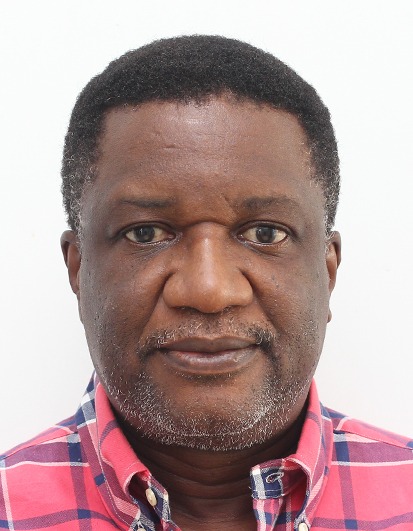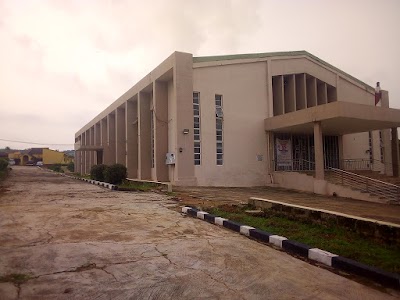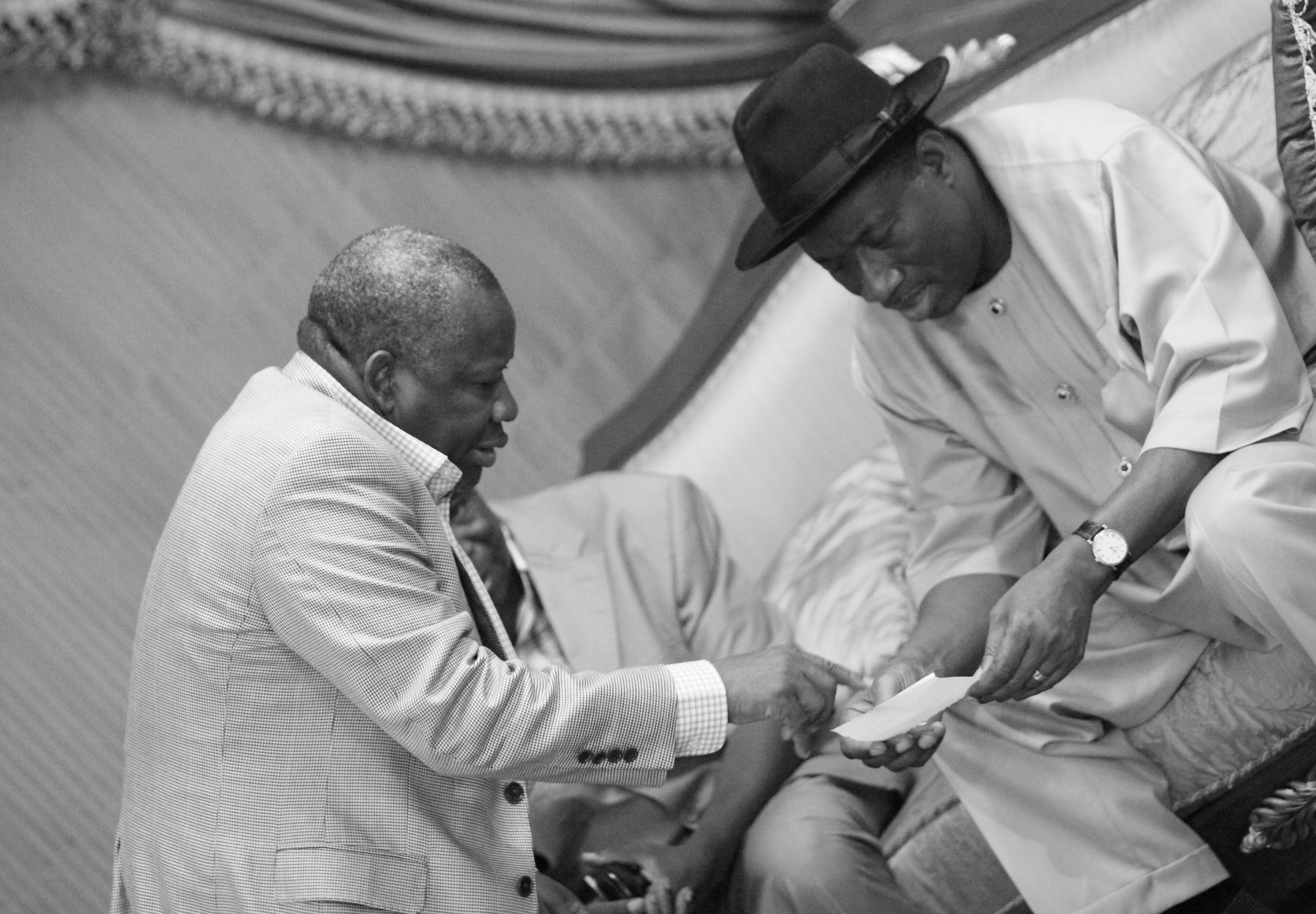St. Peter’s Church Ile-Oluji was like the city on a hill drawing all and sundry from every direction. It was where they took you at infancy to get sprinkled from the baptistery.
The solitary water pillar stood at the main entrance of the church. You probably first heard about Jesus there, how he loved children like you and craved their company. In adolescence, you were there every Sunday until you overgrew your place on Christ’s lap and secretly envied the little boy in the Sunday school pictorial still perched on Christ’s lap, untouched by age.
There was orderliness in the church, and the solemnity was enthralling. The Sunday procession and its hallowed cast were the most beautiful, the empty cross and its sober bearer, the choristers and their bright liveries. The clergies often came at the end, in studied silence, regal in their cassocks. Life shone brilliantly at St. Peter’s Church, Ile-Oluji like the Vicar’s cassock.
The church defined life in its terms, and the church was about the only thing happening in town in the 1960s. It defined for you the ethereal before you could even tell physical apart from ethereal. The church practically held proprietary over the schools in town, perching itself in the centre as if to erase any doubt about its suzerainty.
Advertisement
St. Peter’s Primary, the first school on its proprietary list, was located west to the church. St. Andrews Primary its sequel, perched eastward. The crown jewel Gboluji Grammar School lay on vast acres to the south. The splendour of the Grammar School still testifies to a bygone era when churches faithfully served communities.
They brought people for burial at St. Peter’s cemetery in the fullness of time. Then the Vicar wore a sullen face on his black cassock. He would bend over in studied motion to pick a piece from a freshly dug earth and toss it down on the lowered casket as he intoned ‘earth-to-earth’. You knew the time was not as full for the dead one when a minor about your age also tossed the fresh earth into the casket amid renewed wailings of the adults. Yet to grasp the meaning of life and death, the poor little fellow often wouldn’t know if to laugh or cry at the internment of the parent.
They demolished the old church and its simple parsonage several years ago after erecting the new church building that is now a cathedral. I recall contemplating the casual manner we like to demolish our past. But the memories flooded back when Steinar Nja, my friend and work partner from the Norwegian Petroleum Directorate, took me to see his village across the fjords in Stavanger in 2003. The church there told stories across many centuries about the community, and its rustic opulence brought back memories of the old St. Peter’s Church building at Ile-Oluji.
Advertisement
Memories of my old church flooded back again in 2019 when I visited John Bunyan Museum in Bedford, England. I had arrived before business hours and waited in the dreary weather to catch a glimpse of Bunyan and his 17th Century England. I climbed up the old pulpit from where the pious author of The Pilgrim’s Progress preached sermons some 300 years back and left wondering what happened to the other pulpit cast in similar moulds of solid woods at the old St. Peter’s Church in my hometown.
Jacob Kehinde (JK) Olupona’s book, ‘In my Father’s Parsonage’, stirred the memories again but in a refreshingly different style. Venerable Michael Olupona, the book’s subject, was the author’s father. The Venerable enjoyed a good reputation in Ile-Oluji, where he had his first stint as vicar at St. Peter’s Church.
The Vicar’s son, now a professor at Harvard University, hinted that the book is a catharsis, written to enable him heal when his father suddenly passed in 1983. The elder Olupona passed away that year shortly after the son attained a PhD at Boston University.
According to the author, the biographical prose, a 227-page affair, is to present a portrait of the priest and his wife, Mrs. Henrietta Olupona, “in the comfort and discomfort of various ages, where they lived as missionaries from 1957 to 1983.” It indeed delivers on the promise. It tells about the priest’s life in the “various vicarages.” It also tells about life outside the perimeters of the vicarages at the periods. In addition, the author opened a personal memory vault in my childhood by illuminating some dimly lit paths.
‘In my Father’s Parsonage’ takes through the dusty roads of Ute and Owo in the late 18th and early 19th centuries to portray the Olupona ancestries. It takes back farther than the 1957 dateline advertised in the preface, apparently to avail readers of the pedigrees of the principal subject. Its renditions of the transition of the would-be priest to adulthood, his sojourn as headteacher at a primary school in Ondo evoke a sweet fragrance from a past when things worked well in Nigeria.
You will perceive the fragrant smell of that bygone era from the pages; on the circumstances that led the elder Olupona into pastoral work in the Anglican Communion, and on the political and social workings at Ile-Oluji, Igbara-Oke, Idanre, Gbongan, Ife and Ibadan where Olupona served as vicar from 1957-1983.
Advertisement
The Vicar’s son has intense memory, considering his clinical recollections of events from that past. You could discern that the author, now a don at Harvard University, also had a wandering spirit as a child, that not even the high walls of his father’s parsonages could cloister his inquisitive mind.
Pamela Stephenson cautioned that we shouldn’t attempt to look for perfect objectivity in an autobiography, no matter the writer. The actress, also known as Lady Connolly, meant that all biographers walk on thin ice between history and hagiography — the former compels him to deal with facts, the latter tempts him to fawning adulations. I guess it is more difficult if you are telling the story of your parents.
JK Olupona impressively navigated the thin ice. Take his narration on Canon Olupona’s 1957 posting to St. Peter’s Church Ile-Oluji, his first stint as Vicar, the author admits the hand of God, and the hands of men wrought the appointment. He sketched many instances of the young vicar sailing into stormy waters, how good counsels intervened for the priest still learning the ropes in church administration.
Venerable Michael Olupona’s name still evokes deep affection at Ile-Oluji, 55 years after he had moved on from the church. It speaks of the vicar’s quality service to the church and the community.
Advertisement
‘In my Father’s Parsonage’ leaves some sour tastes in the mouth at the denouement. The author rues the episcopal attitudes toward Venerable Olupona at the end of his sterling career. The author wore the garb of a don and logically denounced the politics and episcopal horse-trading at the dusk of his father’s career. JK Olupona infers that the church and the world had somehow coalesced. So, you came out of the book understanding why Jesus wielded the cudgel at the synagogue in Jerusalem.
Akinyosoye writes from Lagos
Advertisement
Views expressed by contributors are strictly personal and not of TheCable.
Add a comment






